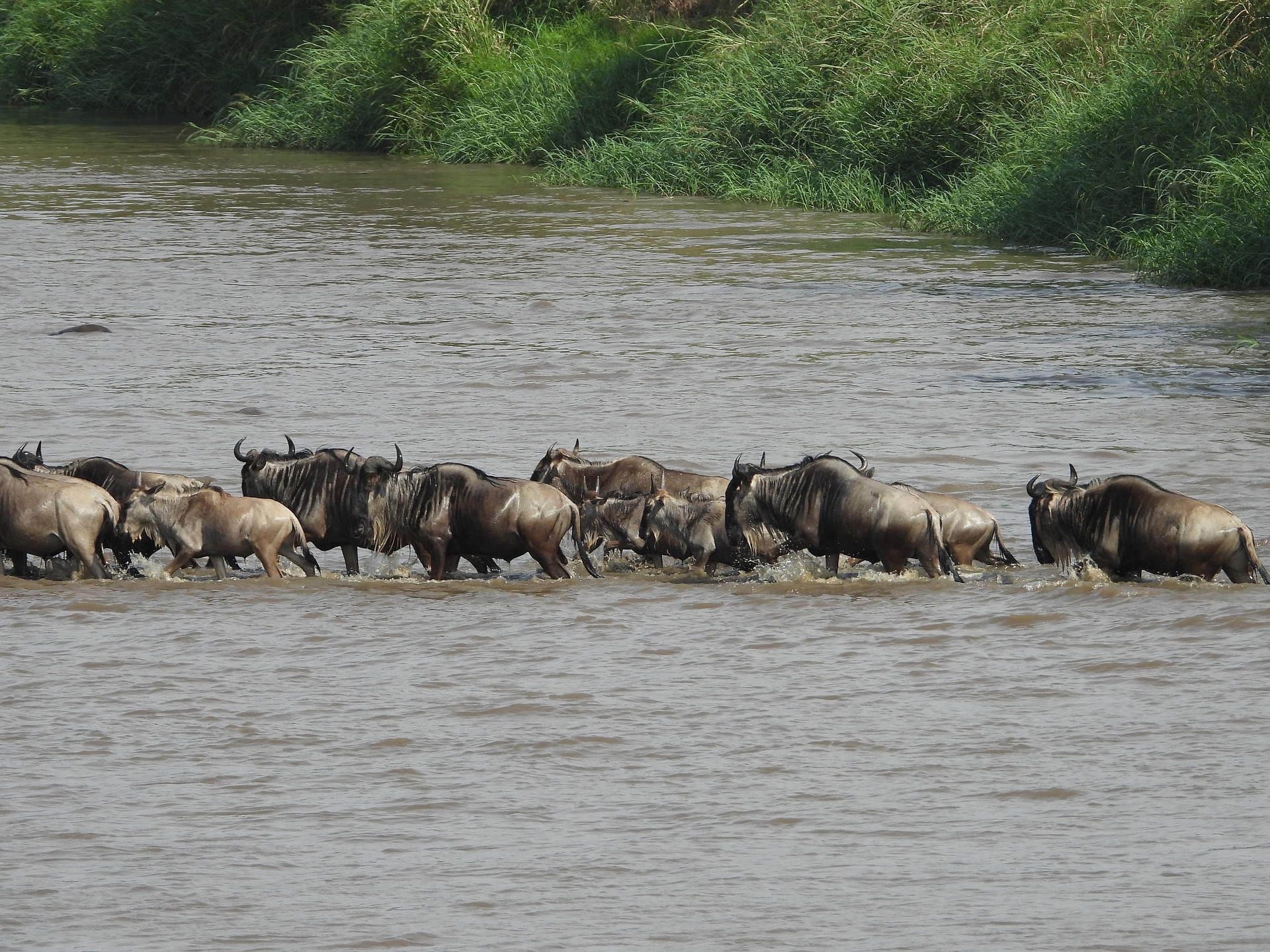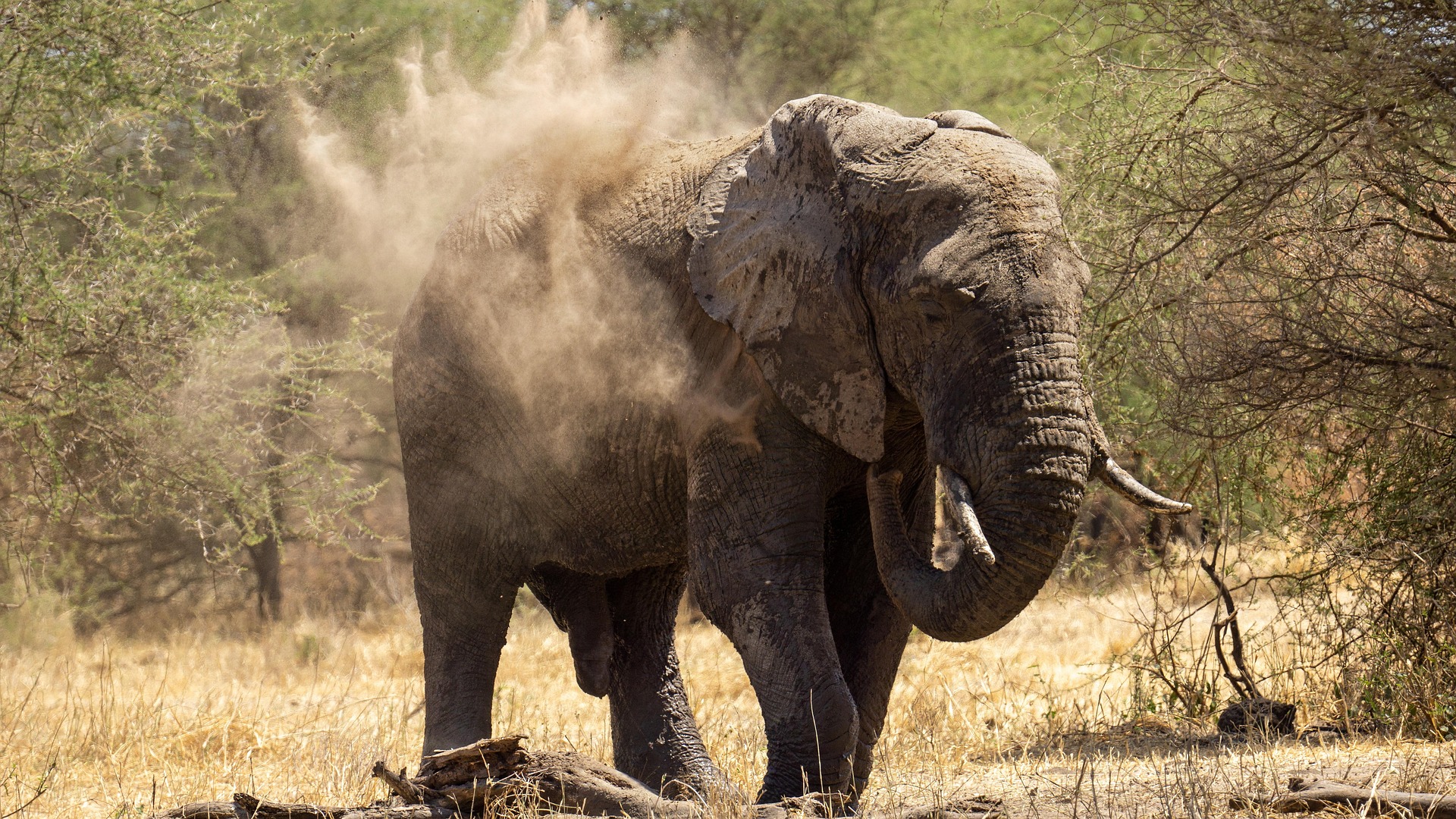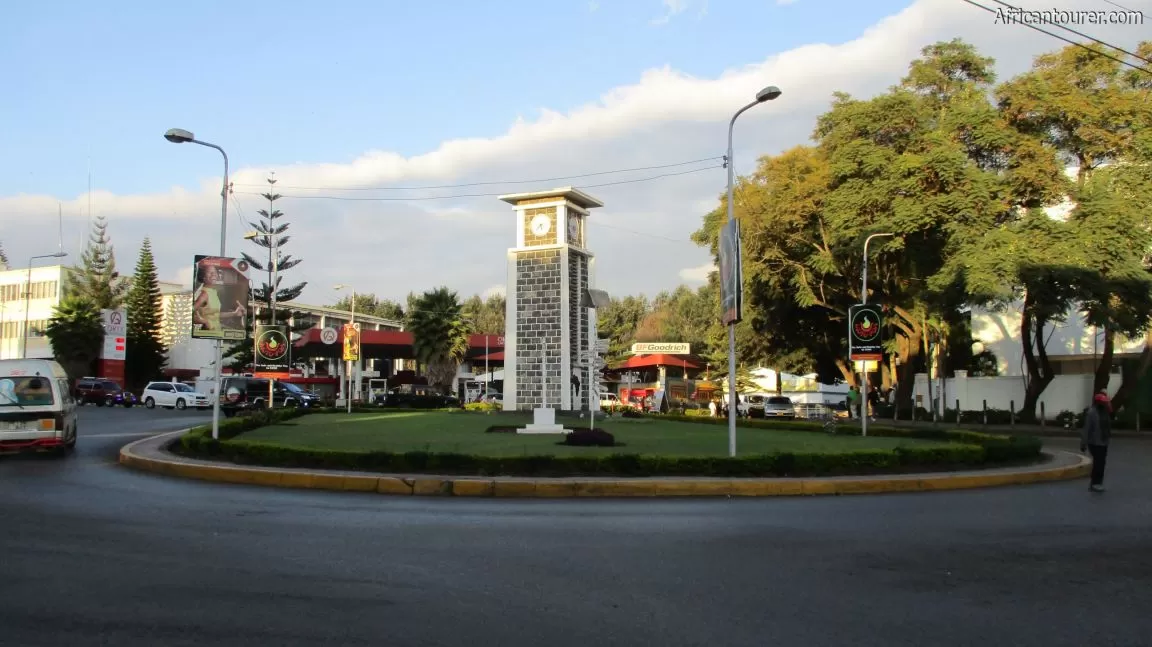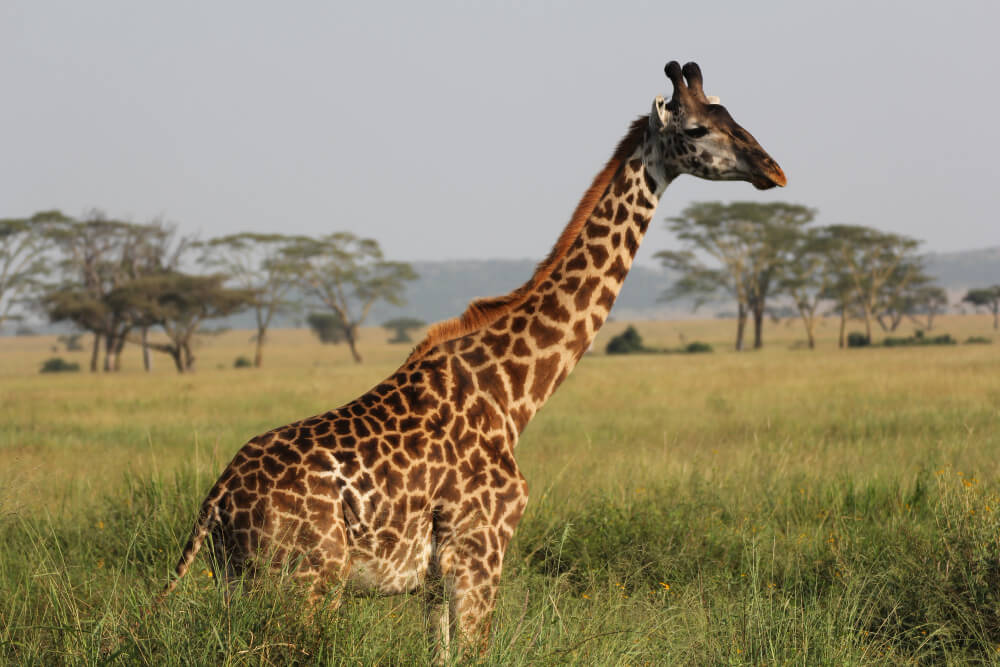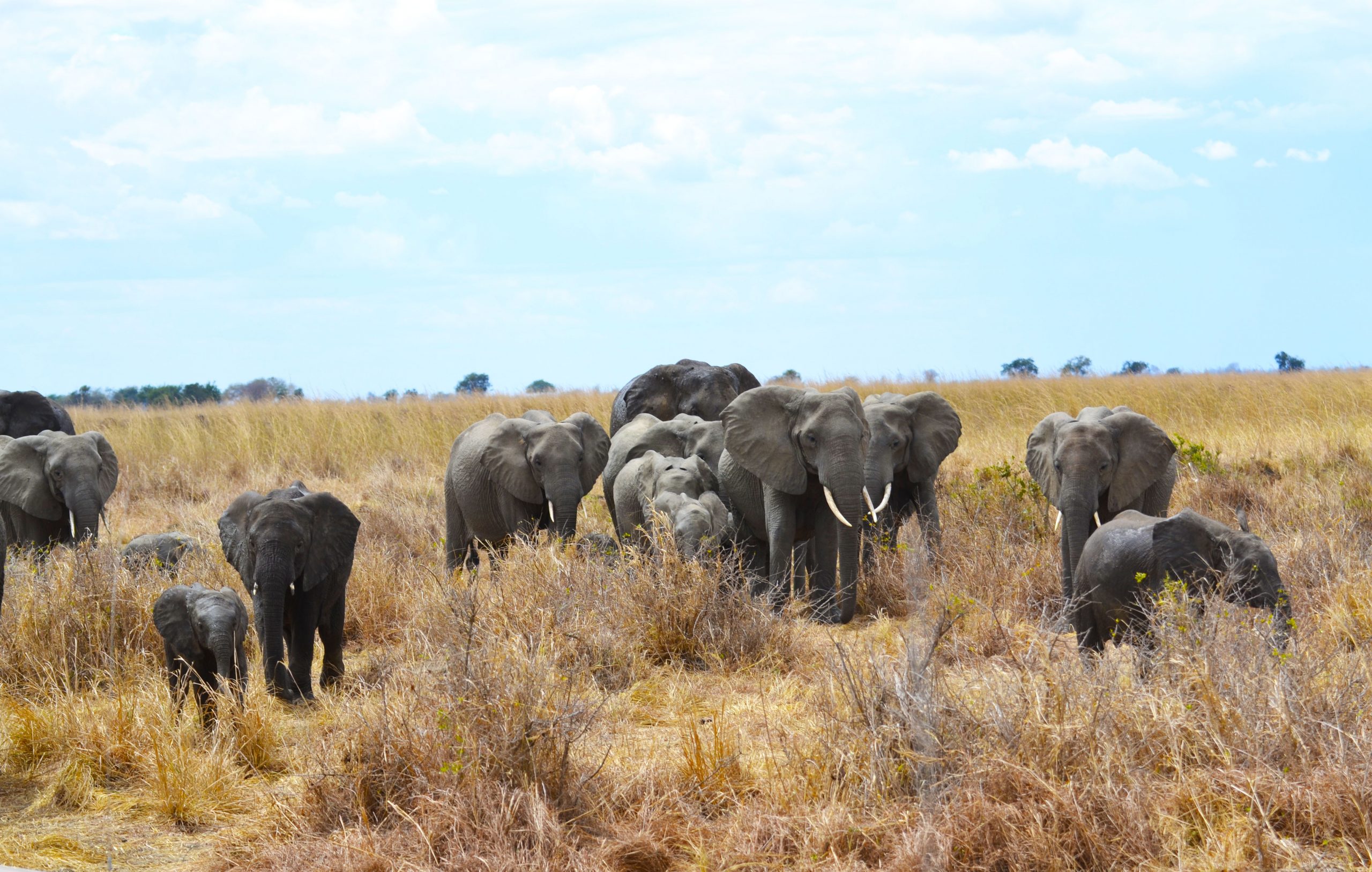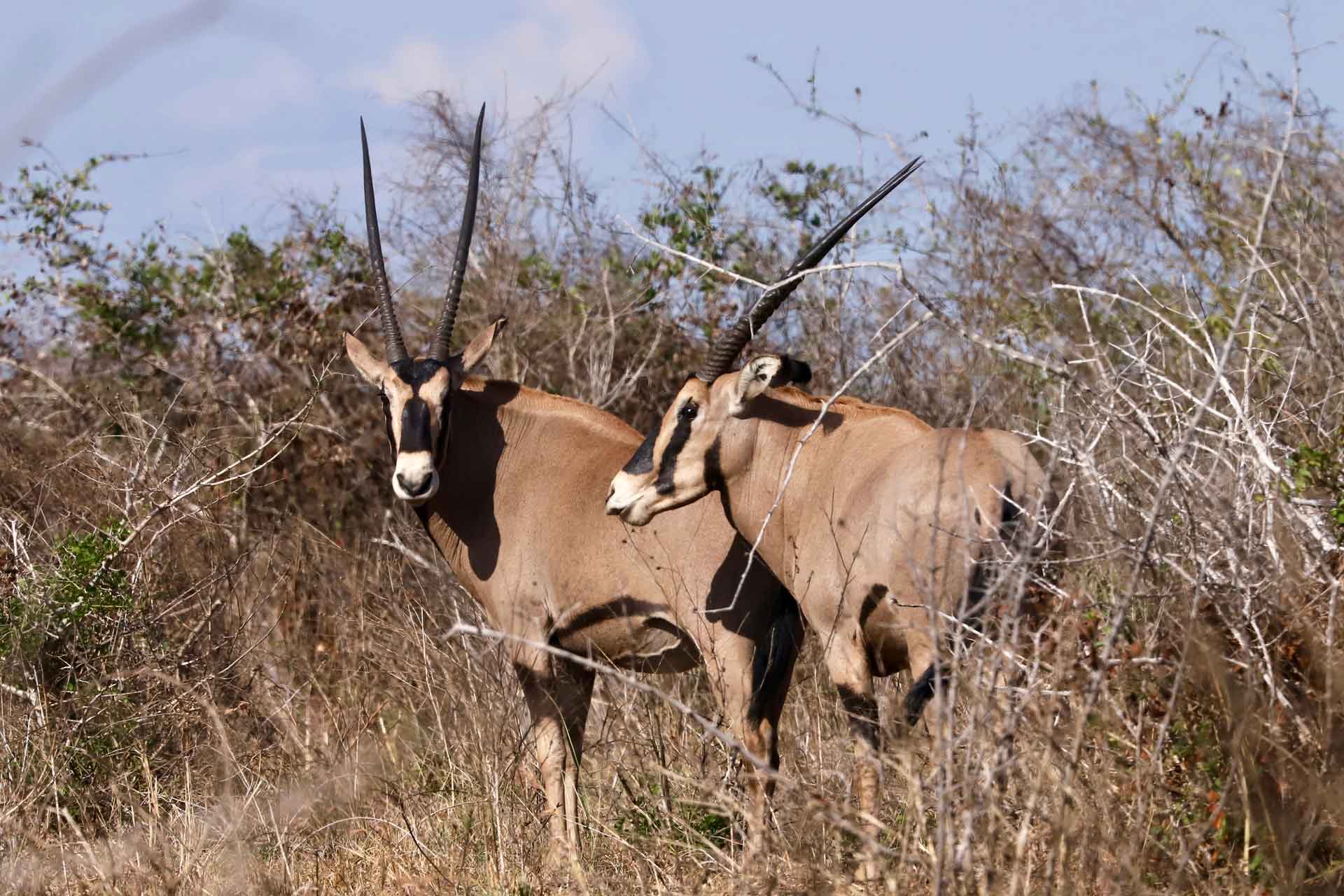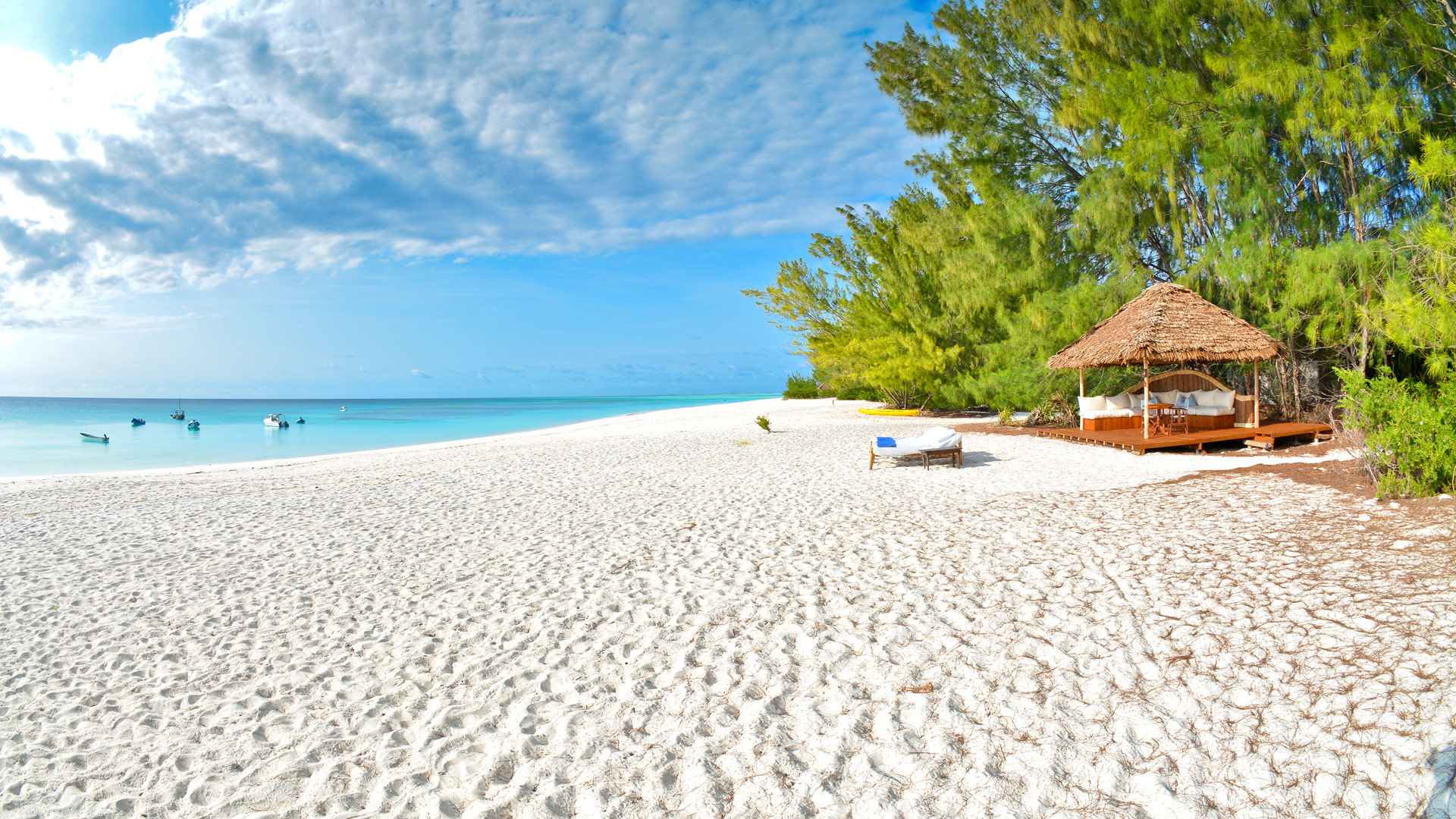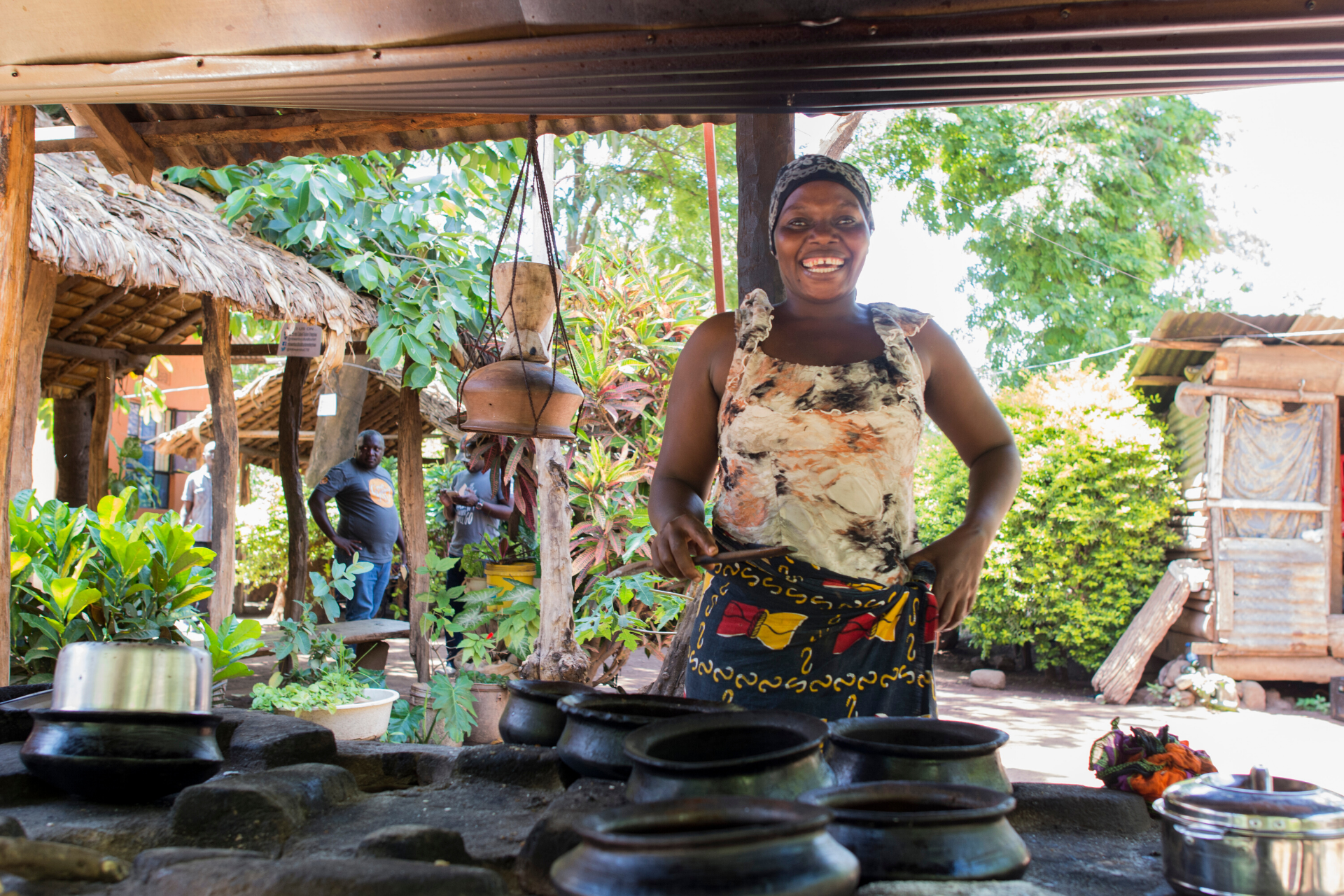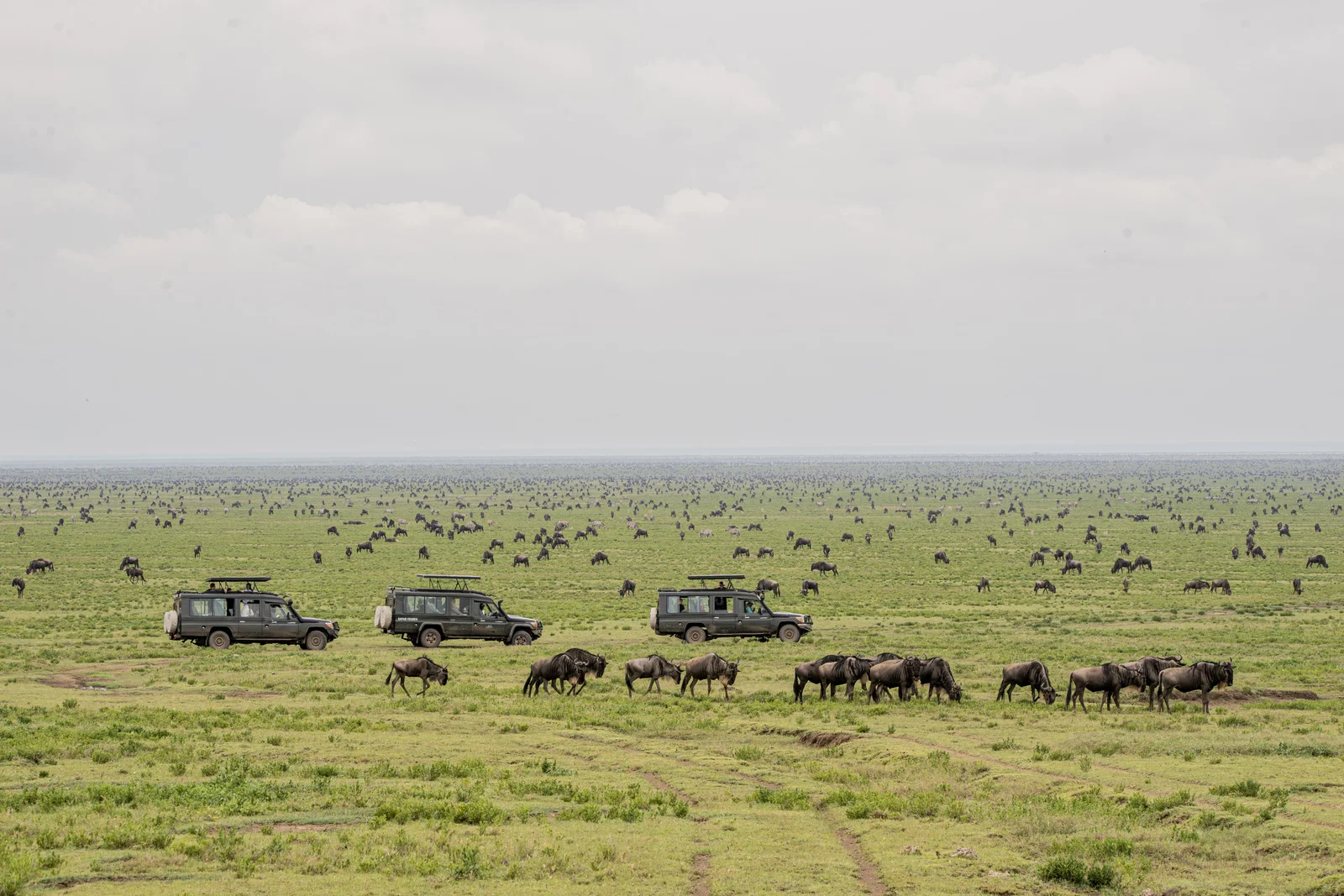Ngorongoro Conservation Area
Nature’s Eden, where life thrives in harmony.
The Ngorongoro Conservation Area, a UNESCO World Heritage Site, is a unique and breathtaking natural wonder in northern Tanzania. It is home to the stunning Ngorongoro Crater, the world's largest intact and unfilled volcanic caldera. This natural enclosure provides a haven for an incredible density of wildlife, including the "Big Five" (lion, leopard, elephant, buffalo, and black rhino). The crater floor's diverse habitats, from grasslands to acacia forests, support a thriving ecosystem where visitors can witness an unparalleled concentration of animals in their natural habitat, offering a truly unforgettable safari experience.
Beyond the famous crater, the Ngorongoro Conservation Area is a vast landscape of savannas, woodlands, and highland forests. This expansive area is not only a wildlife sanctuary but also a crucial site for human history and cultural heritage. It is here that the Olduvai Gorge, often called the "Cradle of Mankind," is located. This significant archaeological site has yielded some of the earliest evidence of human evolution, making it a pivotal location for understanding our origins. The conservation area's dual focus on wildlife and human heritage makes it a place of profound scientific and cultural importance.
What sets the Ngorongoro Conservation Area apart is its unique model of conservation, which allows for a harmonious coexistence between wildlife and the Maasai people, who have traditionally grazed their livestock in the area for centuries. This innovative approach ensures that the land is protected for both its ecological value and its cultural significance. Visitors have the opportunity to engage with the Maasai communities, gaining insight into their traditional way of life and a deeper appreciation for the rich cultural tapestry of the region. A visit to Ngorongoro offers a powerful blend of spectacular natural beauty, incredible wildlife viewing, and a deep connection to human history and living cultures.
Things to See & Do at Ngorongoro Conservation Area
-
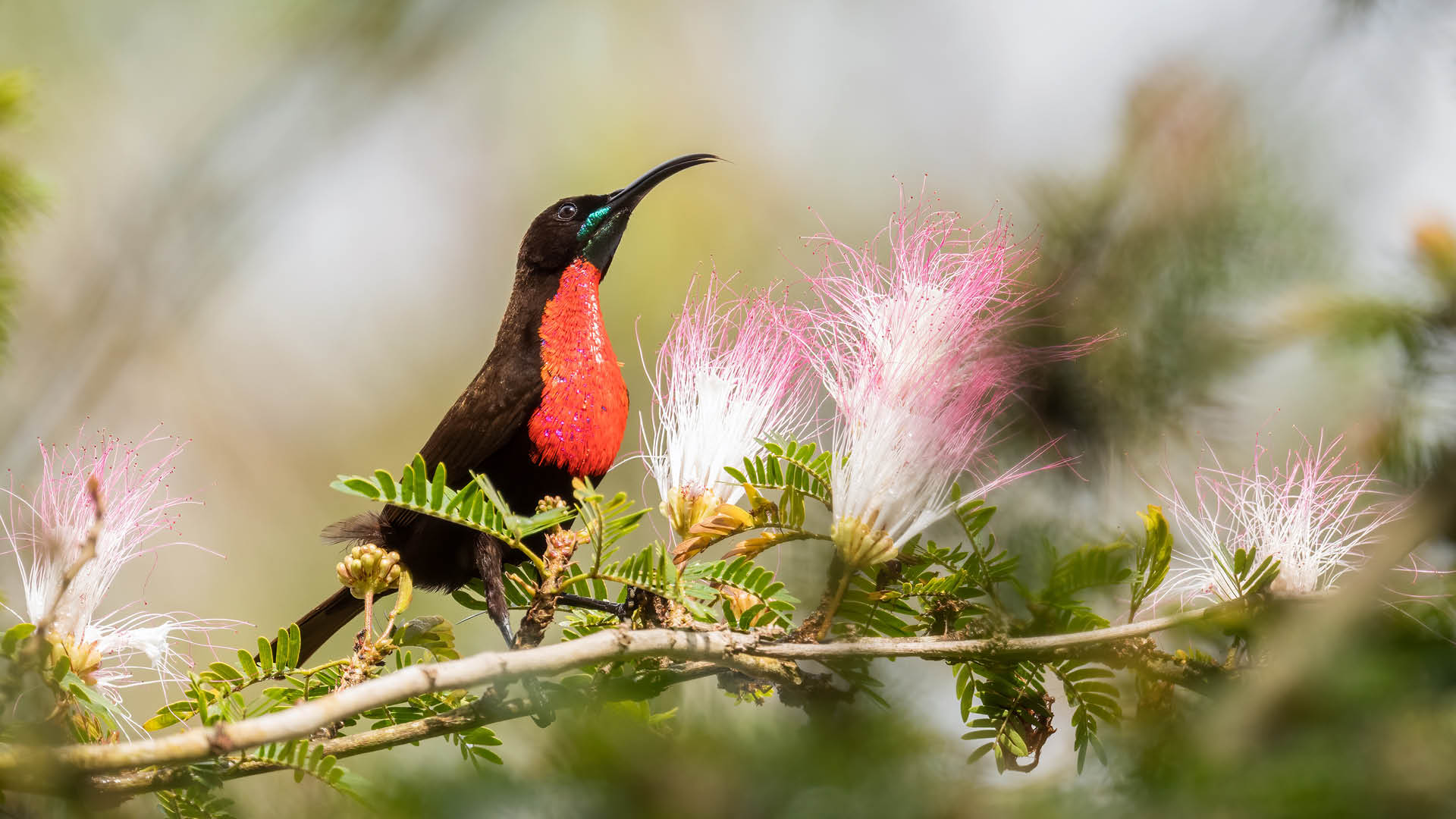
Bird-watching Safaris
For bird enthusiasts, a Serengeti Steppe birding safari is a must. East Africa is a migratory hub wh...
-
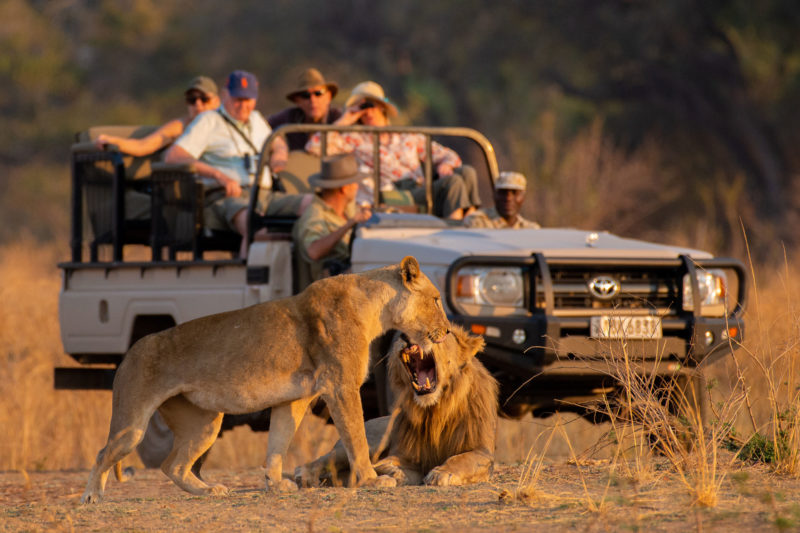
Safari Game Drives
A game drive is your window into the wild heart of Tanzania, a chance to traverse open plains, follo...
-
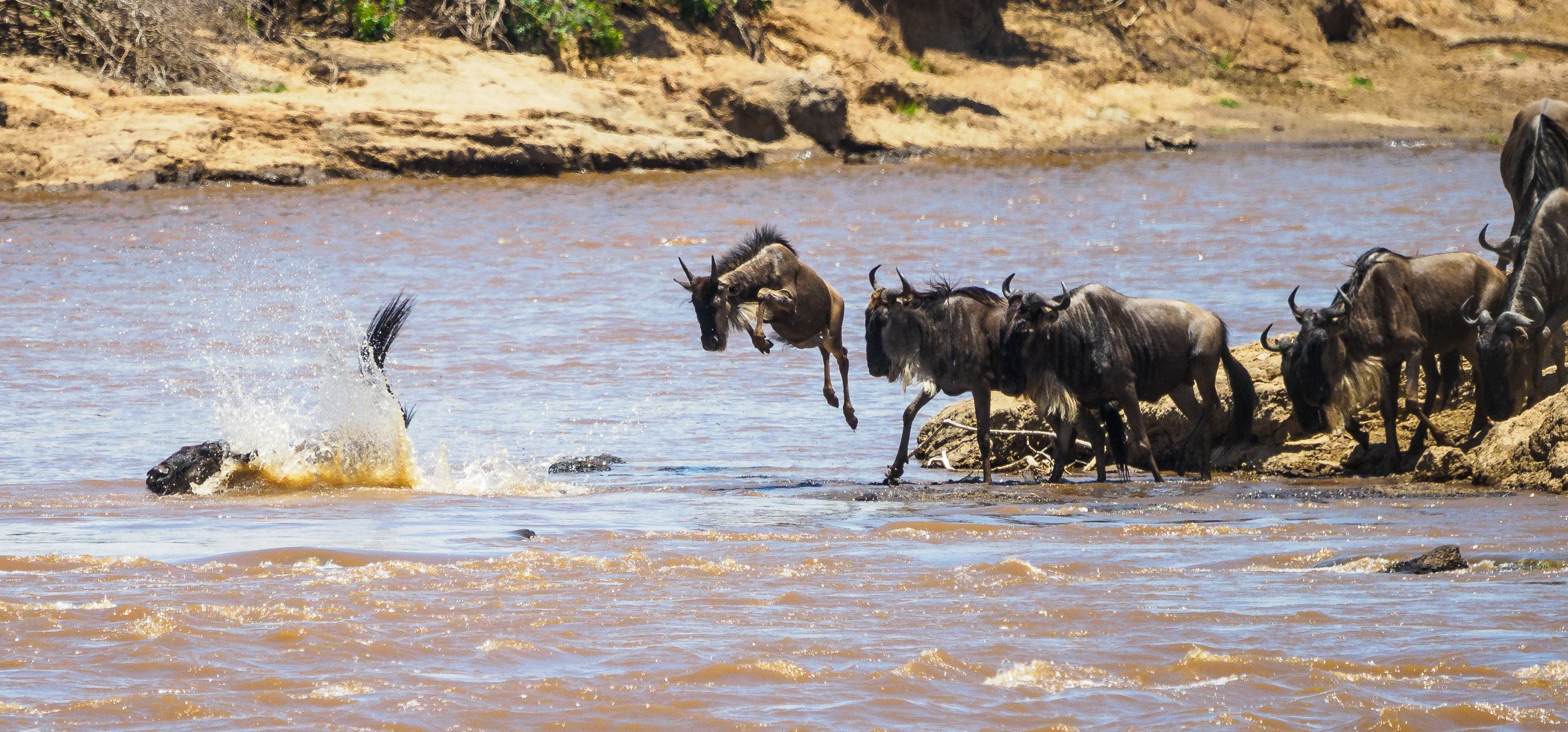
The Great Wildebeest Migration
Welcome to the heart of Africa's most breathtaking spectacle: the Great Wildebeest Migration. A true...
-
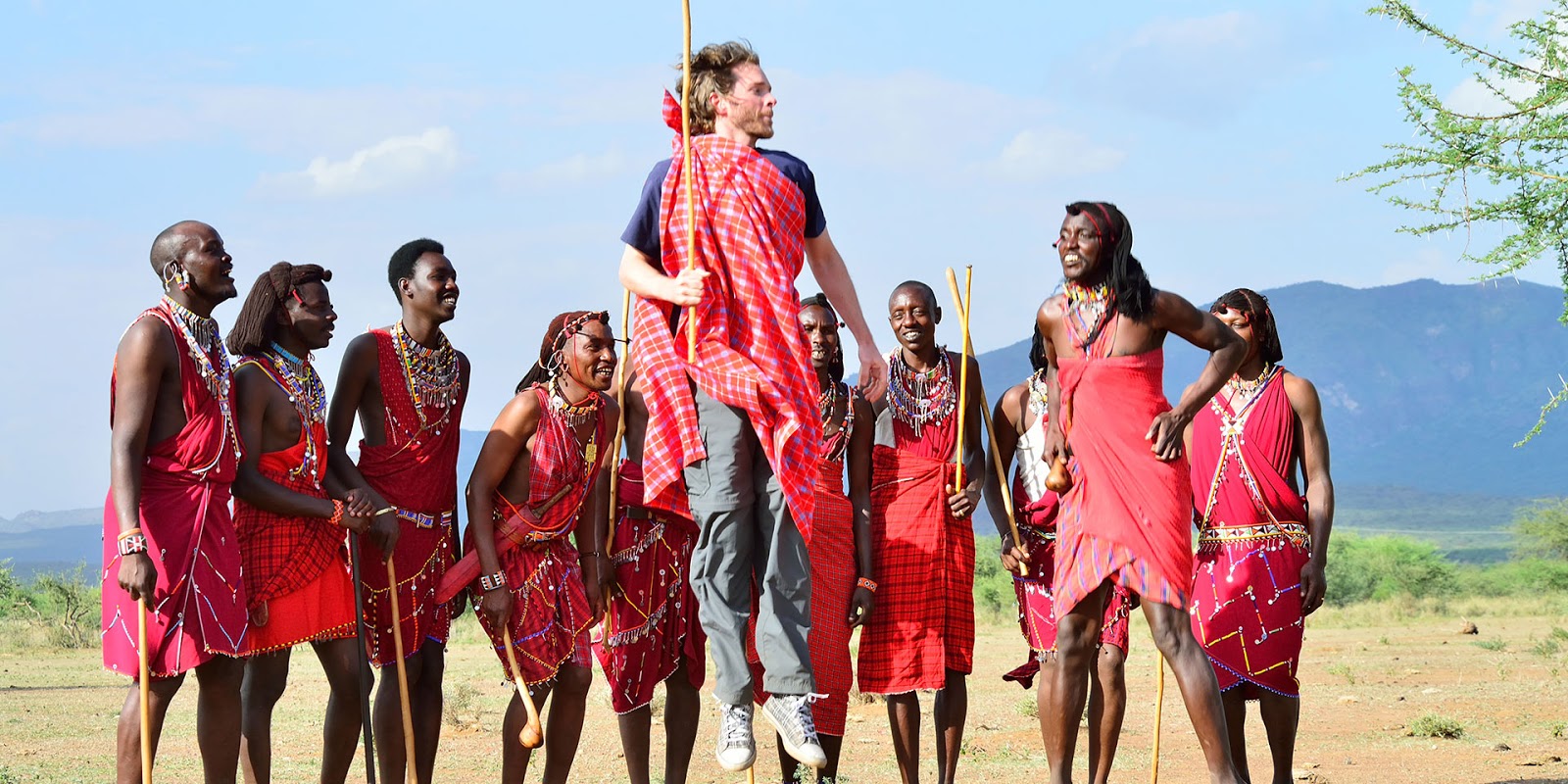
Cultural Experience Safari
While Tanzania's national parks are renowned for their spectacular wildlife, a true safari is an opp...
Ngorongoro Conservation Area Inclusive Holiday Packages (6)
-
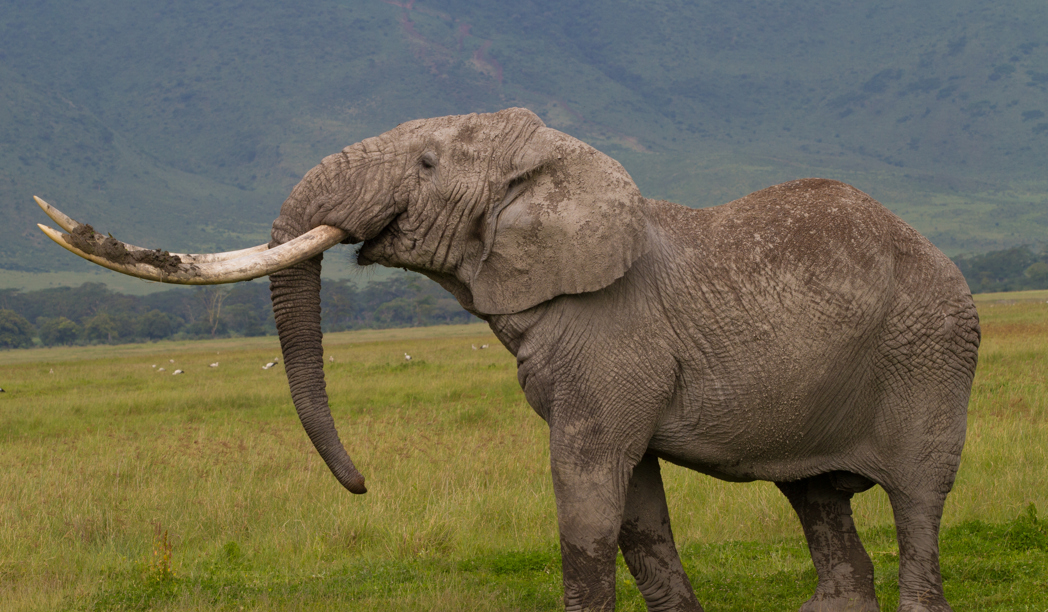
5 Days - Tanzania Safari Adventure
From
$1,850 pp (USD)
Serengeti National Park, Lake Manyara National Park, Ngorongoro Conservation Area
Explore -
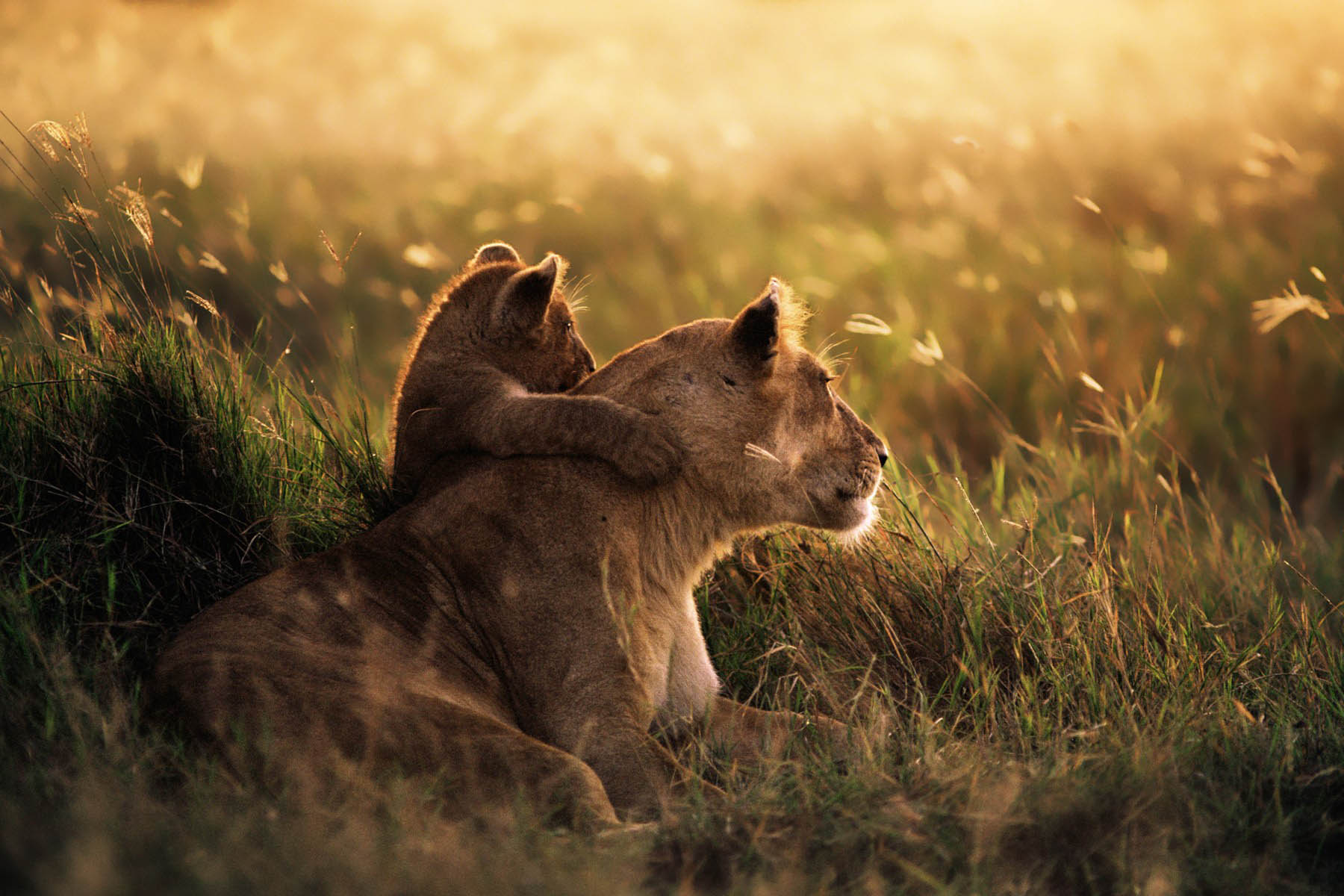
3 Days - Exclusive Midrange Fly-in Experience - Serengeti & Ngorongoro
From
$1,650 pp (USD)
Serengeti National Park, Ngorongoro Conservation Area
Explore -
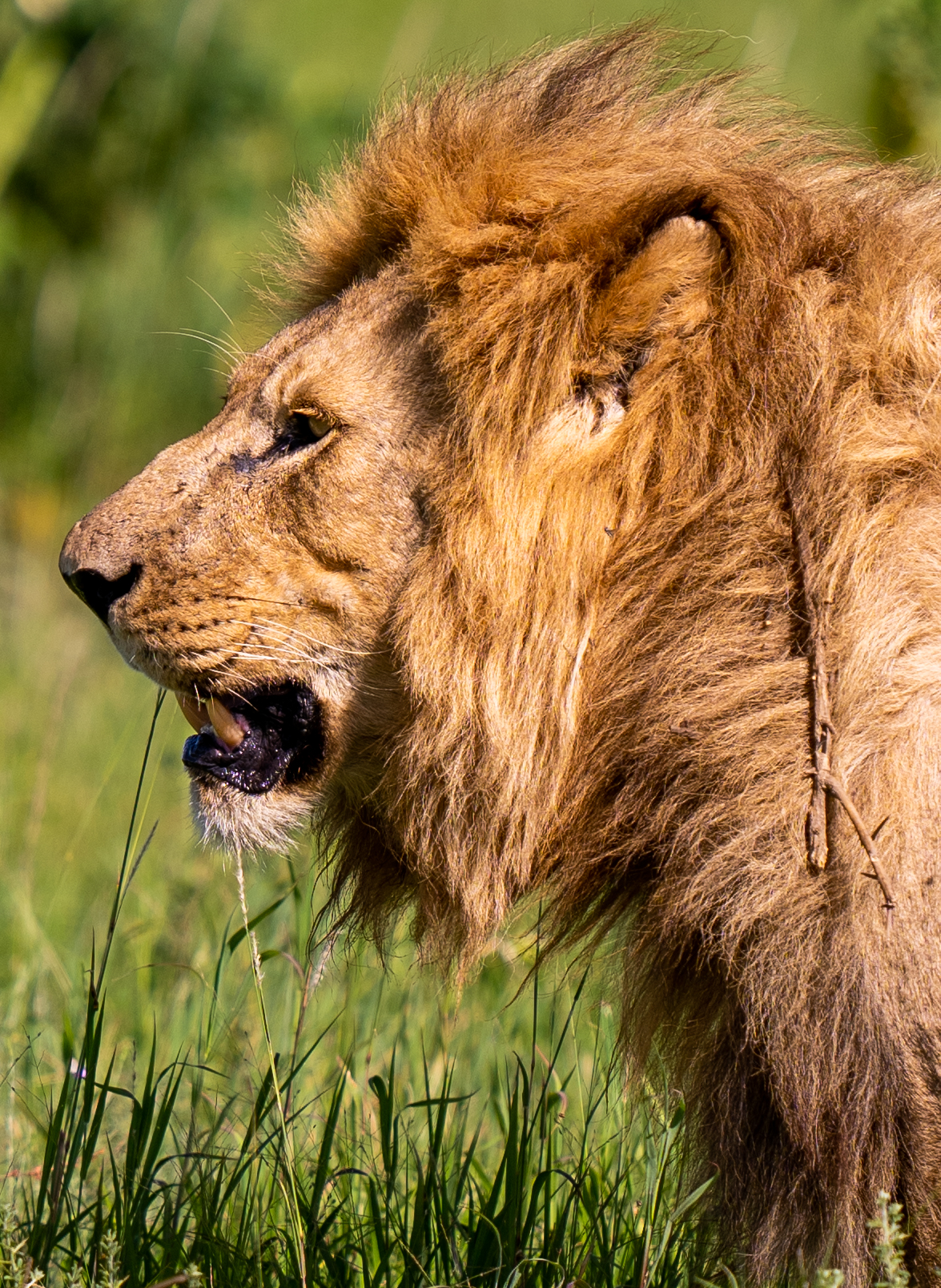
10 Days - Tanzania Safari & Zanzibar Beach Adventure – Mid-Range Tour
From
$3,050 pp (USD)
Tarangire National Park, Serengeti National Park, Ngorongoro Conservation Area, Zanzibar
Explore -
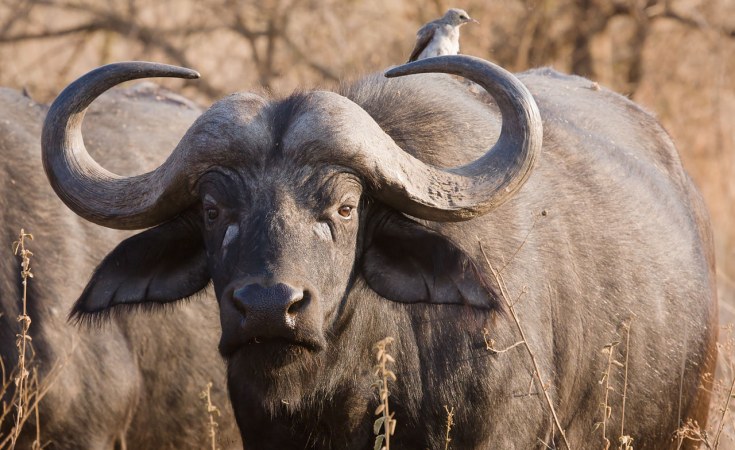
3 Days - Tanzania Big Five Safari – Tarangire, Ngorongoro & Lake Manyara
From
$975 pp (USD)
Tarangire National Park, Ngorongoro Conservation Area, Lake Manyara National Park
Explore -
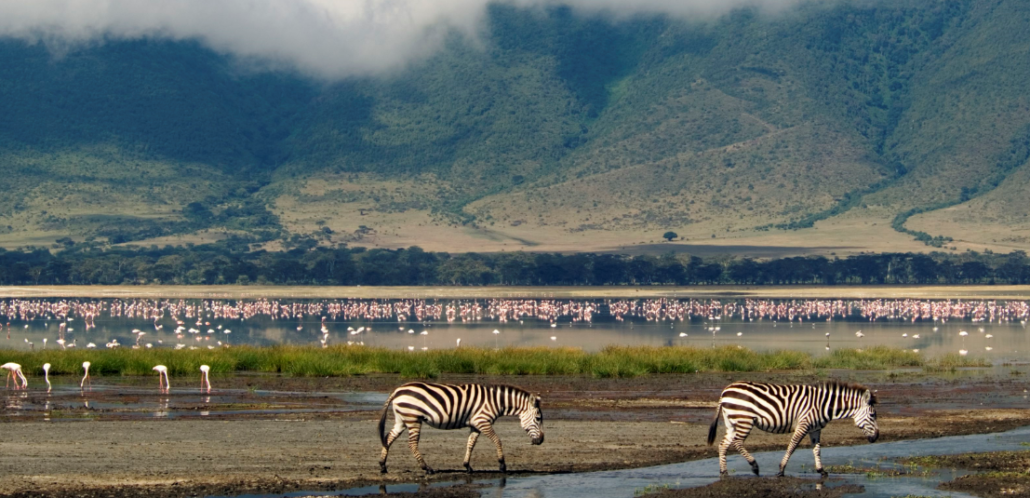
8 Days - Beach Bliss and Safari Adventure
From
$4,540 pp (USD)
Tarangire National Park, Serengeti National Park, Ngorongoro Conservation Area, Zanzibar
Explore -
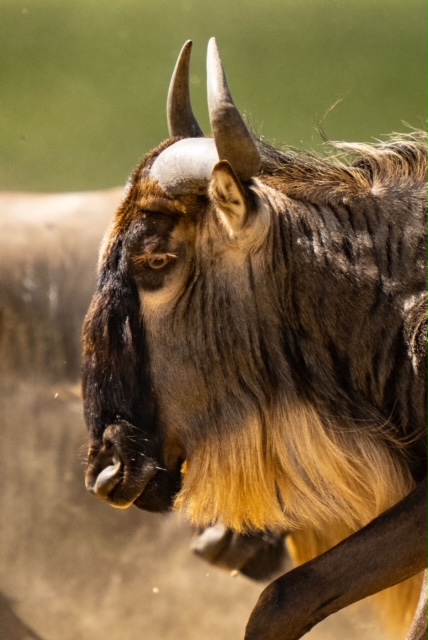
7 Days - Tanzania Migration Safari with River Crossings
From
$5,700 pp (USD)
Serengeti National Park, Ngorongoro Conservation Area, Tarangire National Park
Explore
Frequently Asked Questions about Ngorongoro Conservation Area
What is the Ngorongoro Conservation Area?
The Ngorongoro Conservation Area is a vast protected area in northern Tanzania, a UNESCO World Heritage Site, that is home to the world's largest intact and unfilled volcanic caldera, the Ngorongoro Crater. It's a unique area where wildlife coexists with the semi-nomadic Maasai people.
What is the Ngorongoro Crater?
The Ngorongoro Crater is a massive, unbroken volcanic caldera that was formed when a large volcano collapsed on itself millions of years ago. It's a natural enclosure that has created a self-contained ecosystem with an incredible concentration of wildlife.
What kind of animals can I see there?
The crater is famous for its dense population of wildlife. You can see the "Big Five" (lion, leopard, elephant, buffalo, and black rhino), as well as large herds of wildebeest, zebras, and various other animals. The crater is particularly known for having one of the densest populations of lions in Africa and being a reliable place to spot the endangered black rhino.
When is the best time to visit?
The Ngorongoro Conservation Area can be visited year-round. The dry season (June to October) is the most popular time for wildlife viewing, as the vegetation is less dense and animals gather around water sources. The wet season (November to May) offers lush, green landscapes and fewer tourists, making it a great time for birdwatching.
Can I stay overnight?
Yes, there are a number of lodges and campsites both on the rim of the crater and within the larger conservation area, offering a range of accommodation options.
